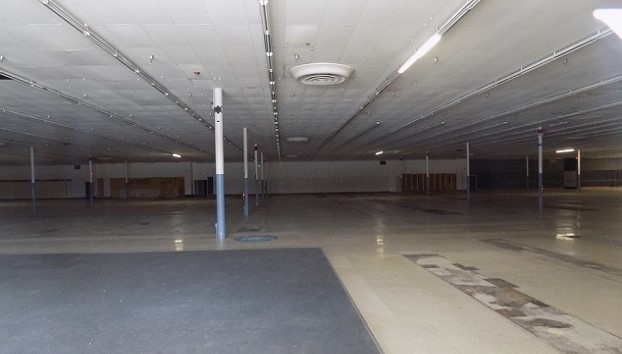 Sears Sports Authority Toys R' Us Ron Goldstone Farbman Group Kmart Super Center U-Haul creatively adapting existing properties,
Sears Sports Authority Toys R' Us Ron Goldstone Farbman Group Kmart Super Center U-Haul creatively adapting existing properties,© Touchpoint Markets, All Rights Reserved. Request academic re-use from www.copyright.com. All other uses, submit a request to [email protected]. For more inforrmation visit Asset & Logo Licensing.







